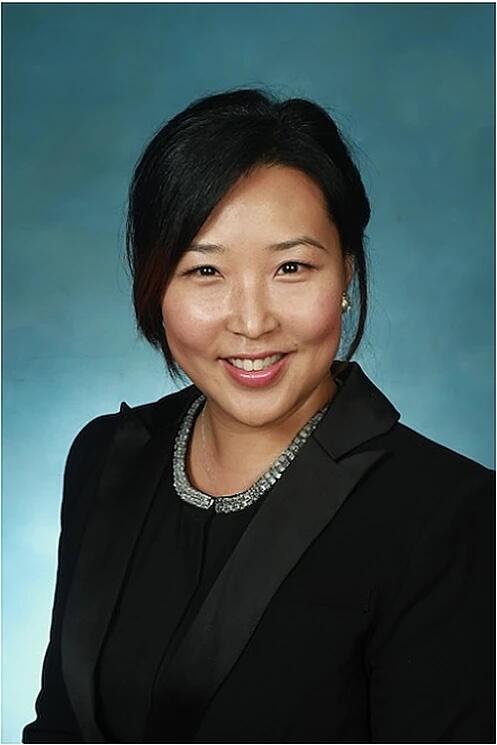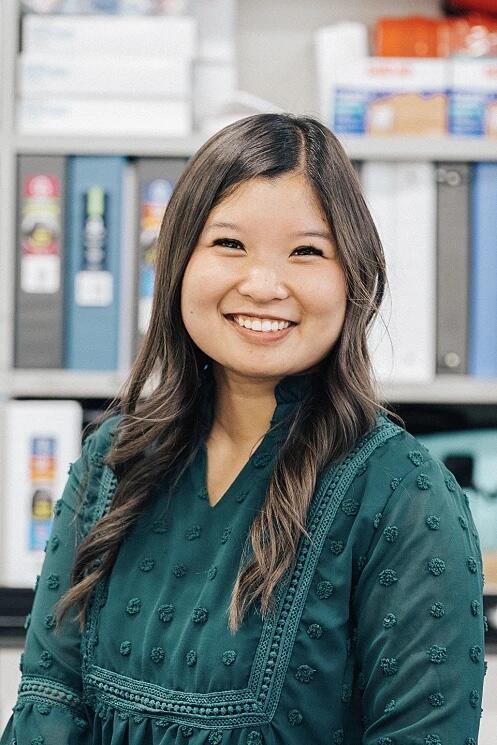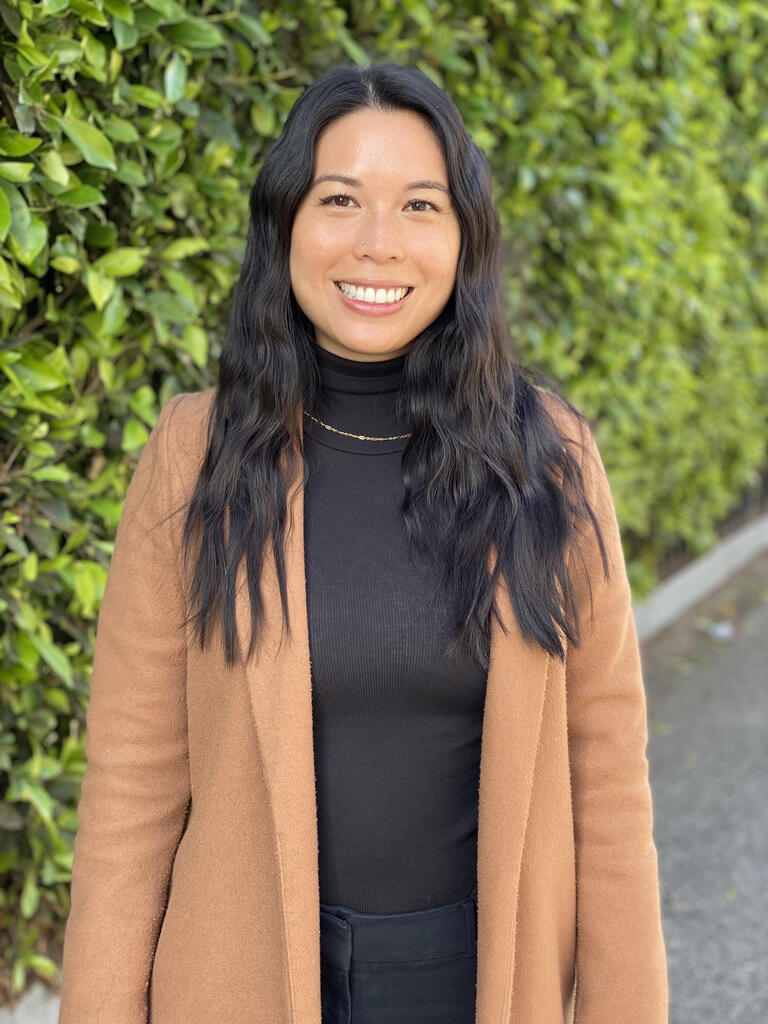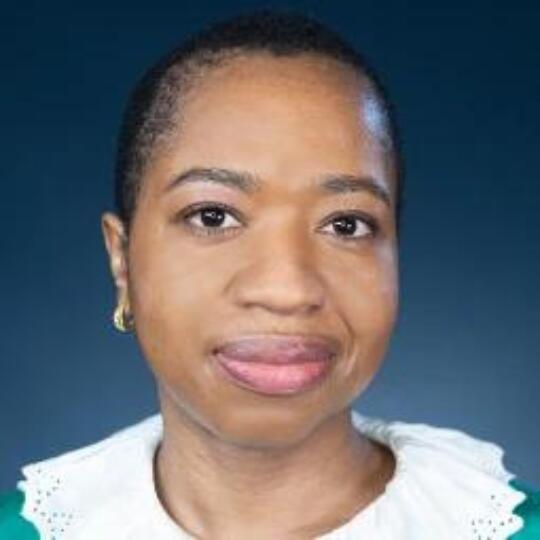
Image via iStock/Getty Images Plus
By Denisa R. Superville, Education Week
Asian Americans and Pacific Islanders make up a tiny sliver of the share of public school principals—slightly more than 1 percent.
Yet a lot of the research looking at how to boost and retain school leaders of color—and to a broader extent educators of color—is rooted in what may attract those who are Black and Hispanic to the field.
But if the goal is to increase the number of leaders of color in K-12 as student enrollment becomes increasingly more diverse, how can states, schools, and district leaders recruit more Asian Americans and Pacific Islanders to the profession and keep them? In 2021, Asian American students represented 5.4 percent of K-12 public school enrollment nationally.
Education Week spoke with four Asian American school leaders about their career paths, what worked for them, and what recruiters should do if they want to attract Asian Americans and Pacific Islanders, some of whom may not even be thinking about education as a career path.
A few things they made clear: the AAPI community is not a monolith, so a one-size-fits-all strategy won’t work, and some of the same approaches that work for other groups—financial incentives, better pay, on-the-job-supports, and alternative pathways—will also be effective.
Understand the cultural headwinds
Education may not be the first option for many first-generation AAPI students.
Amanda Tran, the principal of KIPP Vida Preparatory Academy in Los Angeles, grew up in Columbus, Ind., and spent most of her youth thinking that she would go into medicine. Her parents, refugees from Vietnam, wanted stability and safety for their family, and nudged Tran and her sibling into professions that would provide that, she said.
Shara Hegde, the chief executive officer of Alpha Public Schools in San Jose, Calif., who is Indian American, said her parents wanted her to be an engineer, doctor, or lawyer. In fact, she was pursuing law before taking a detour into education. And Hong Ha Hoang, a Vietnamese-American and an activities director at East Side Union High School District in San Jose, Calif., had already been accepted into medical school when she decided to take a spring break trip to teach on a Native American reservation.
Tran remembers the difficult conversations with her parents, who worried about whether she’d be able to support herself.
“‘Is that a stable pathway? Will you be making enough money to sustain yourself?’” she said. “I now know where a lot of fears came from, and it came from my own family’s experience, having given up everything they have ever known to provide safety and stability for their children. That was always top of mind. It also came from not having the knowledge and understanding [of the education profession]. No one in my family had forged this pathway, and so it felt scary for them.”

Shara Hegde
Understanding that many first-generation Asian Americans have to navigate that complicated dynamic is important. Schools can rely on other AAPI leaders who’ve forged that path to help would-be educators with the difficult—and sometimes years-long—discussions that may follow.
It took years for Hoang’s parents to understand why she chose education, she said.
“They respect my decision; they can see that I am happy where I am,” she said. “But it wasn’t in their minds before, and I think that can be a struggle for a lot of Asian educators. It’s the whole, ‘What does success look like in our family’s paradigm?’”
At the same time, don’t assume that education is not something that’s valued.
When Eliza KimLy, the co-head of school for Bright Star Schools, a network of charter schools with 4,000 students in Los Angeles, finally told her mother that she wanted to be a teacher, she responded that she always knew that would be the case.
As a young girl, KimLy would copy her homework when she visited her mother at work after school and assemble all the kids visiting their parents as if they were a class of students. Teachers are also held in high esteem in Korea, where her family emigrated from, she said.
“It’s not the same [as] in America,” she said. “ If you have a high position, even a doctor, you call them teacher; so, their title is teacher. Teachers hold a very specific role in Korean culture.”
Be thoughtful about who is recruiting
The recruitment team should reflect the staff that school and district leaders are hoping to attract. Would-be employees—teachers and others—should be able to see themselves reflected among the members of the recruitment team, Hegde said.
For example, in Hegde’s charter network, the head of talent acquisition is Latino and the associate is Latina. If schools are seeking to increase the number of APPI leaders, some spots on the recruiting team should include people from AAPI backgrounds.
“We really aim to have representation of the teachers we most seek to hire,” Hegde said.
But leaders should ensure that recruits also know about the diversity of the entire school staff so they see themselves working in the building.
“If you go to our website and you look at our executive team, you’d see an Indian-American leading the organization, “ Hegde said. “My COO is Korean-American. My chief schools officer is a Latino first-generation woman. We have a perspective that we bring to the work, and I think it’s important for people to see that. Fifty percent of our principals are leaders of color. We have to make sure that who we are is represented in who we hire and that people come in and see that.”
Go where the teachers are in the community
Search for educator talent working in youth groups, churches, summer programs, Boys & Girls Clubs of America, and local charities, and proactively go after them, the leaders said.
KimLy said that churches play a huge role in Korean culture, with many students enrolled in youth groups, after-school activities, and summer programs. Those teachers who are working in the community already have a steady presence in students’ lives.

Eliza KimLy
“If we are looking at specifically trying to recruit people who identify as AAPI, I think you have to go to already set formats where there is a level of education going on, and try to build those relationships, and build that trust,” KimLy said. “It’s already inherent in the culture.”
School recruiters can’t just rely on holding one-off recruitment events and hoping that those from the communities they’re seeking to woo will show up, KimLy said.
Schools already employ many people from the communities in which they are located, some of whom serve as tutors and in after-school programs. Creating pathways for them to make the transition to the classroom can help boost the number of AAPI educators and leaders in schools.
That’s been an intentional strategy for Hegde, whose network covers the cost of teacher prep for those adults working in after-school programs who want to make the transition to teaching.
“We try to take those financial burdens off the table through our teacher-residency program. So, if you’ve got experience, you’re successful with kids, you’re from the community, you’re working at our after-school program, we’d love to have a conversation,” Hegde said.
Create opportunities to work with children
Sometimes you don’t know what you don’t know. And people can rule out a career simply because they haven’t been exposed to it.
That was the case for Hoang. Her single-minded career goal growing up was to become a doctor.
“Growing up, my parents stressed two things: education and medicine. They really believed that as long as you tried really hard in school, that you could go to college and get a better life, and they believed that I would do that through medicine,” she said.

Hong Ha Hoang
In her senior year in college she decided that instead of a medical-related trip she’d spend the break teaching on a Navajo reservation in New Mexico, helping students write books and share their stories. That experience opened her eyes to the disparities and inequities in education, said Hoang, who grew up in suburban Seattle.
“Through that experience, I really learned that a child’s education really depends more on their ZIP code,” she said. “That really didn’t sit right with me. That was totally different than what I believed my whole life and what my parents always told me.”
“I was able to get an education based on luck,” she added.
Back in college in California, she started doing more research to figure out whether education could be the path for her, and eventually applied to be part of Teach For America while deferring medical school admission for what she thought would be two years.
“I never looked back afterwards,” she said.
Tran also became interested in education while in college, where she had several opportunities to volunteer with students.

Amanda Tran
One of the groups helped to raise money to send students to camp each summer. And while she was studying at USC’s Annenberg School for Communication and Journalism, she had the opportunity to volunteer at different middle schools to help them with their student newspapers. She also tutored in elementary schools in the area.
“Those were the different experiences that helped illuminate for me my passion for working with students,” said Tran, one of KIPP Vida’s founding teachers.
As she neared the end ofcollege, she signed up with Teach For America. She taught pre-school in Richmond, Calif.
“And I fell in love,” said Tran, now in her 11th year in education.
Sell the mission of the education enterprise
Make a connection to education’s larger goal, and the academic impacts educators of color can have on students, especially those who look like them, leaders said.
Twenty-one percent of the students in Hegde’s network are Vietnamese-American, so it’s about making a pitch that “If you are a Vietnamese teacher in this community...you can really make a difference for kids who look like you, who may share that same background as you,” Hegde said.
Highlighting the larger purpose of education is key when pitching to a group that may already be concerned about disappointing their parents, Hoang said.
“I encourage them to find out what fuels their fire, what fuels their passion, and go for that,” Hoang said.
KimLy recommended highlighting the school’s mission and vision and tying the profession to a larger purpose. Would-be educators may be looking for a place where they feel like they belong and can make a difference.
“We all know in America, if you are an educator you’re not necessarily in it for the money,” she said. “There has to be more that your school is selling. I think being very clear about your school’s mission and the school’s culture and the support system you are going to be able to provide for the candidate is important. Having that clarity and being able to sell that is invaluable.”
This story was originally published in Education Week.
 Denisa R. Superville
Denisa R. Superville
Denisa R. Superville is an assistant editor at Education Week who focuses on principals and school leadership. She is also the co-editor of Education Week’s Leaders To Learn From. Before joining Education Week, Superville worked as a reporter at The Record in Bergen County, N.J.
